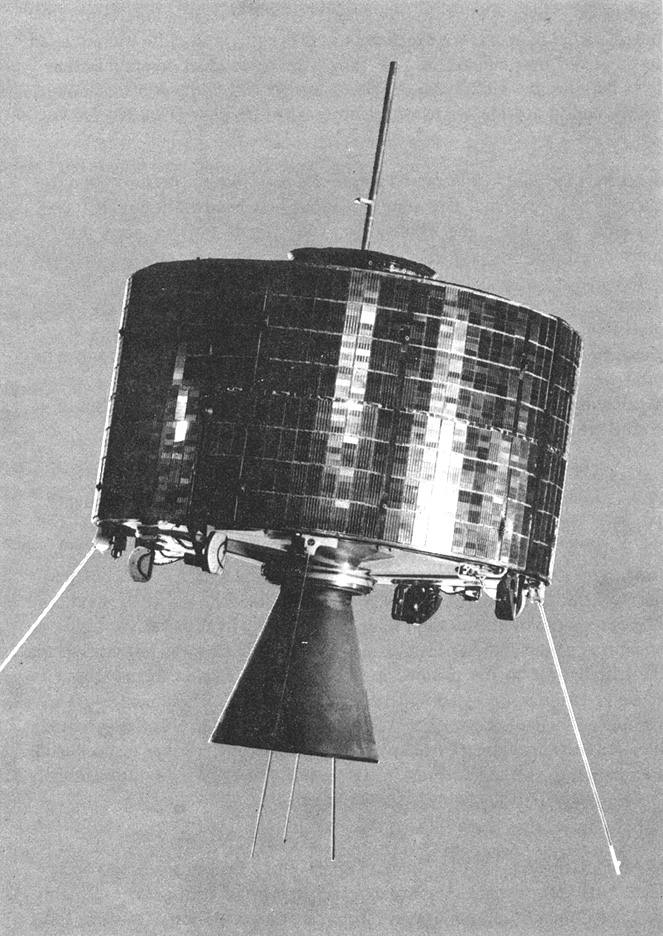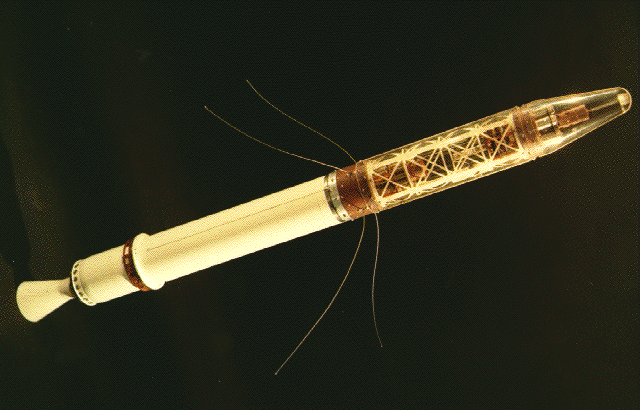Five years ago today — March 11, 2008 — the Space Shuttle Endeavour launched from the Kennedy Space Center on a mission to the International Space Station.

(Astronaut Richard Linnehan on the first spacewalk of STS-123. NASA image.)
The STS-123 crew included U.S. astronauts Dominic L. Gorie, Gregory H. Johnson, Robert L. Behnken, Michael J.Foreman, and Richard M. Linnehan, and Japanese astronaut Takao Doi. The mission transported astronaut Garrett E. Reisman to the ISS and brought French astronaut Leopold Eyharts back to Earth.
The mission also delivered the first piece of Japan’s Kibo research laboratory, and a new Canadian robotic arm known as “Dextre,” both of which were successfully attached to the ISS. In all, STS-123 spent a little over 2 weeks in space before landing back at KSC on March 26th.

















